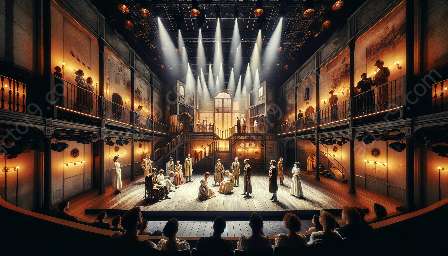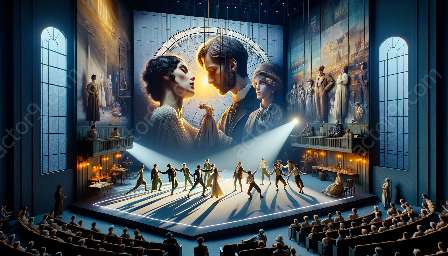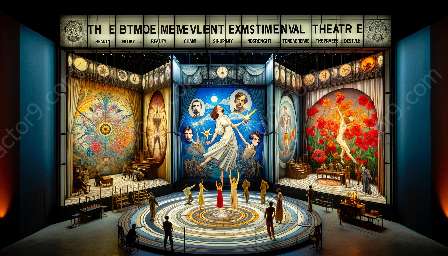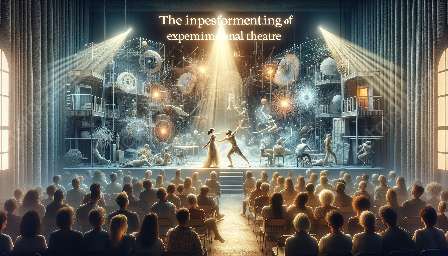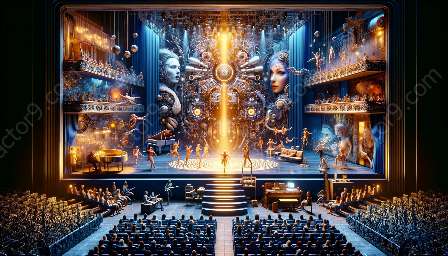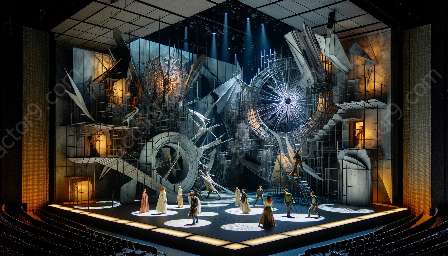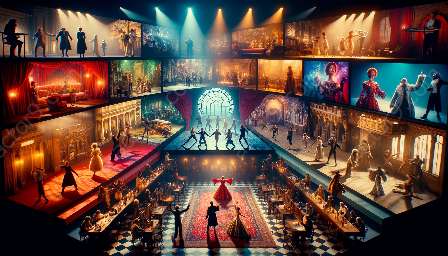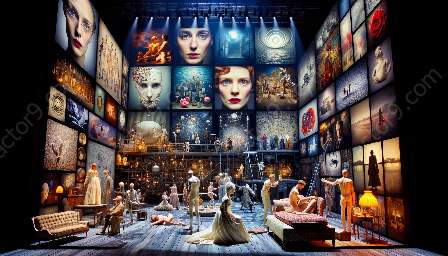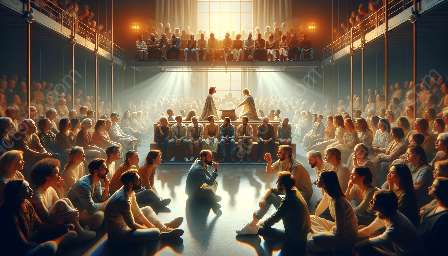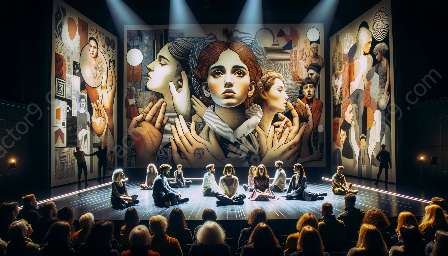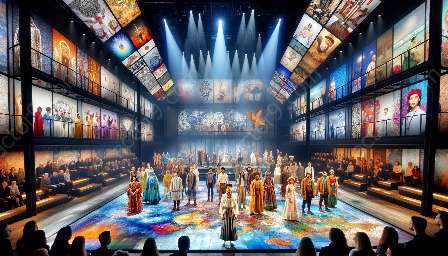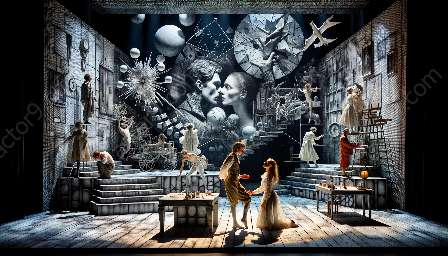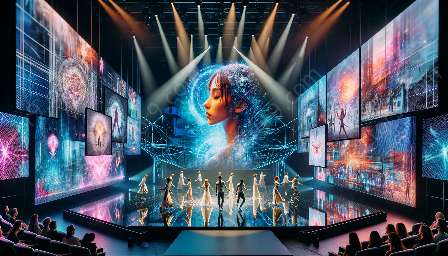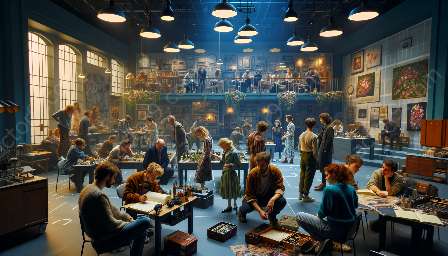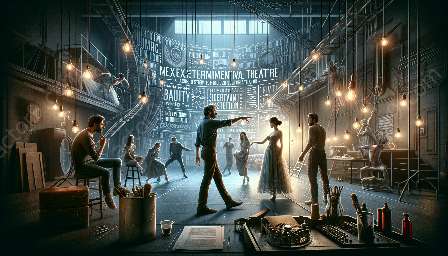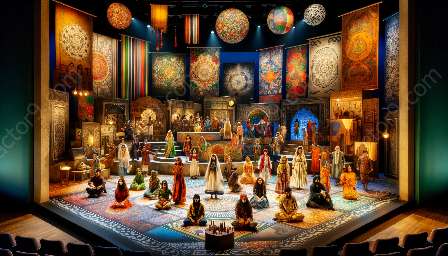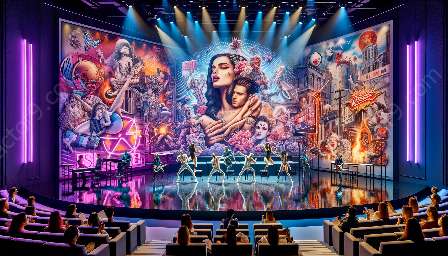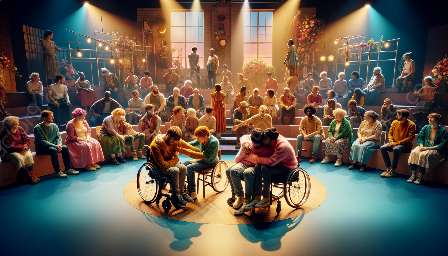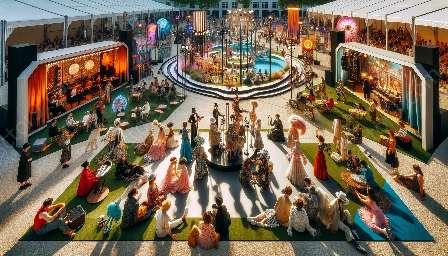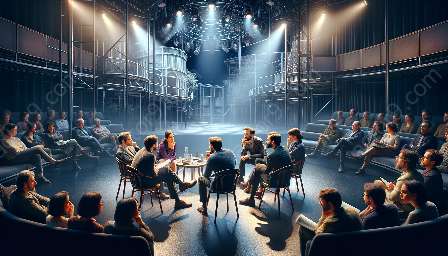Experimental theatre is a dynamic and innovative form of performance art that challenges traditional norms and expectations. It often incorporates non-traditional techniques to create unique and impactful experiences for the audience. Within this context, the use of light and shadow plays a significant role in shaping the atmospheres and moods in experimental theatre performances.
Understanding Performative Techniques in Experimental Theatre
Before delving into the role of light and shadow, it's essential to understand the broader context of performative techniques in experimental theatre. This form of theatre often prioritizes the exploration of unconventional storytelling methods, non-linear narratives, and audience engagement. Performers in experimental theatre frequently utilize physicality, vocal modulation, and improvisation to convey emotions and ideas.
Experimental theatre also challenges the traditional boundaries of performance spaces, blurring the lines between the audience and the performers. This immersive quality requires innovative approaches to staging and design, including the strategic use of lighting and shadow to create atmospheric effects.
The Impact of Light and Shadow in Creating Atmospheres
Light and shadow are essential tools for creating atmospheres in experimental theatre. By manipulating these elements, theatre artists can evoke a wide range of emotional and sensory responses from the audience. The interplay of light and shadow can convey depth, texture, and symbolism, enhancing the overall impact of the performance.
In experimental theatre, lighting design often goes beyond traditional illumination and takes on a more expressive and artistic role. Dynamic lighting setups, including the use of color filters, gobos, and moving fixtures, contribute to the creation of immersive environments that support the narrative and thematic elements of the performance.
Shadow, as the absence or partial blocking of light, serves as a powerful visual tool in experimental theatre. It can obscure, reveal, and distort the performers and set pieces, adding layers of intrigue and mystery to the staging. Performers strategically using their bodies to cast shadows and silhouettes further contribute to the creation of visually captivating scenes.
Enhancing Audience Experiences in Experimental Theatre
The strategic integration of light and shadow transforms the audience's experience of experimental theatre. The interplay of light and shadow can stimulate the audience's imagination, prompting them to interpret the performance in a more personal and subjective manner. The shifts in lighting can also guide the audience's focus and attention, influencing their emotional responses to the unfolding narrative.
Additionally, the use of light and shadow can contribute to the creation of distinct atmospheres within the same performance space, effectively transporting the audience to different emotional and psychological states. This immersive and multisensory approach to performance enhances the overall impact and memorability of the experimental theatre experience.

